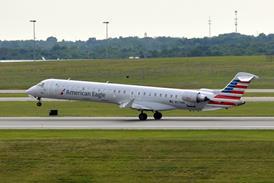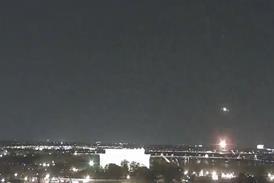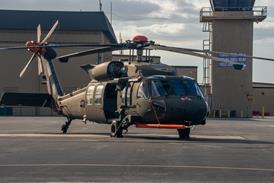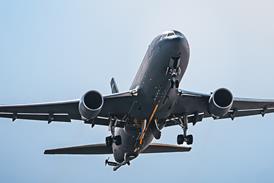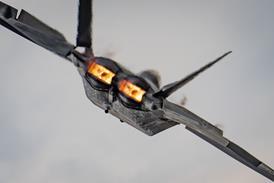Hawaiian Holdings reported a second-quarter loss of $48.7 million during the third quarter as the airline company continues to be affected by engine issues and the Maui wildfires.
For comparison, the parent of Hawaiian Airlines lost $9.3 million during the same quarter of 2022.
The Honolulu-based company said on 24 October that it generated quarterly revenue of $728 million, a 2% decrease from the $741 million it posted last year.
Expenses rose about 5% year-on-year, to $783 million from $745 million, including a nearly 21% increase in employee costs.
High costs are in the carrier’s immediate forecast as well, according to chief financial officer Shannon Okinaka.
“Our fourth-quarter costs remain elevated as we approach the conclusion of preparations to bring the [Boeing] 787 and [Airbus] A330 Freighter into service throughout 2024,” she says.
”We’re currently carrying about 25% more pilots on our payroll than we did in 2019 for about the same amount of capacity,” Okinaka continues. ”As the capacity we’re planning for comes online, our training bubble will deflate and our pilot productivity will improve.”
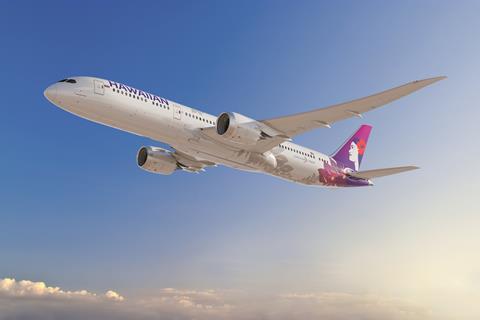
On 2 October, Hawaiian operated its first A330-300 Freighter revenue flight from Cincinnati, Ohio to San Bernardino, California on behalf of US retail and logistics giant Amazon.
“This is the beginning of a contractual relationship that envisions initial growth to a 10-aircraft fleet in the months ahead,” chief executive Peter Ingram says. “The first flight this month was a significant milestone as we embark on this new venture and provide important diversified growth.”
The carrier also recently announced the initial route deployments for its incoming fleet of a dozen 787 Dreamliners. The type will first fly from Honolulu to San Francisco on 15 April before Hawaiian’s 787 operations shift in May to Honolulu and Maui to Los Angeles.
Deliveries of the 787s are expected to begin early next year and continue through 2027.
Chief revenue officer Brent Overbeek says that Hawaiian’s third-quarter capacity “came in on the lower end of expectations due to reductions made to accommodate the Pratt & Whitney engine shortfall”.
Hawaiian currently has two Airbus A321neos grounded due to engine issues and expects to have up to four out of service for the next several months.
“Obviously, the situation has been frustrating,” says Ingram. “We have been living a little bit too close to the razor’s edge in terms of the ability of the market to withstand it… We really do need Pratt to provide us with more certainty going forward.”
Adding to the airline’s challenges, demand has sagged in the aftermath of the brush fires that devastated several communities on the Hawaiian island of Maui in August, Overbeek says.
“Leading up to the Maui wildfires, demand was strong and revenue was trending positively, with RASM [revenue per available seat mile] slightly ahead of guidance,” he says. “Immediately after the fires, demand and market pricing to Maui rapidly declined.”
Hawaiian estimates it lost about $25 million in third-quarter revenue due to the wildfires.
However, the carrier experienced a “tangible recovery in Japan during the third quarter”, Overbeek says, with load factors ”approaching historical norms on a smaller capacity base for Hawaiian and the industry”.
The carrier reports strong demand on other international routes, including from Hawaii to Australia, New Zealand and South Korea.


